
» Providing Empathy in Parenting
» Navigating the Dangers of Social Media
» The Impact of Positive Co-Parenting on Children
» The Power of Positive Fathers


» Providing Empathy in Parenting
» Navigating the Dangers of Social Media
» The Impact of Positive Co-Parenting on Children
» The Power of Positive Fathers
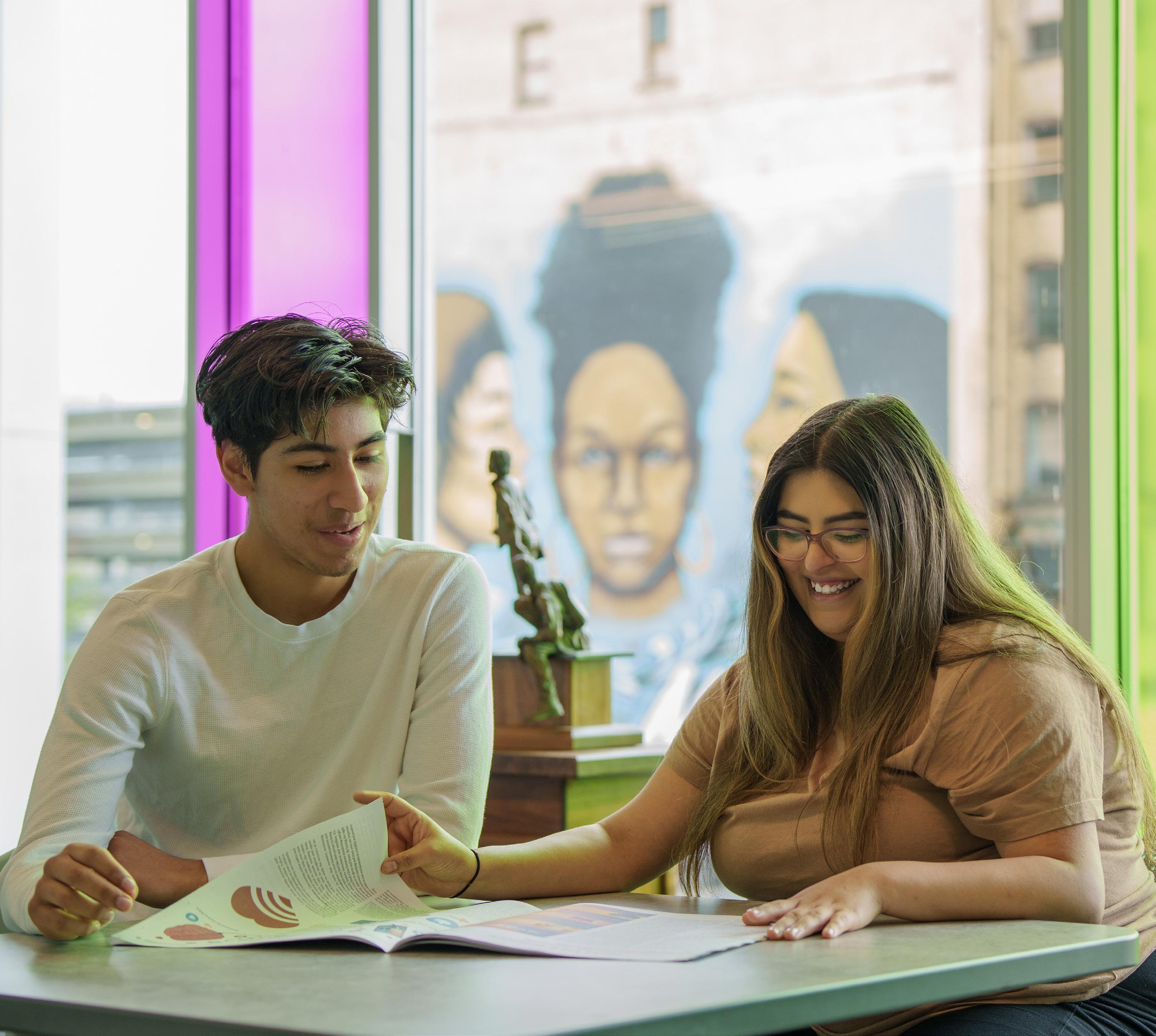
Dual enrollment classes at Delta College are great because they can count toward high school graduation and college credit. Students can earn college credits that may be applied toward an associate’s degree or transferred easily to a Michigan university of their choice.
Another plus, dual classes are usually paid for by the high school which gives students the potential to finish college early and pay less overall.
Dual enrollment also prepares students for college-level academics and broadens their horizons.




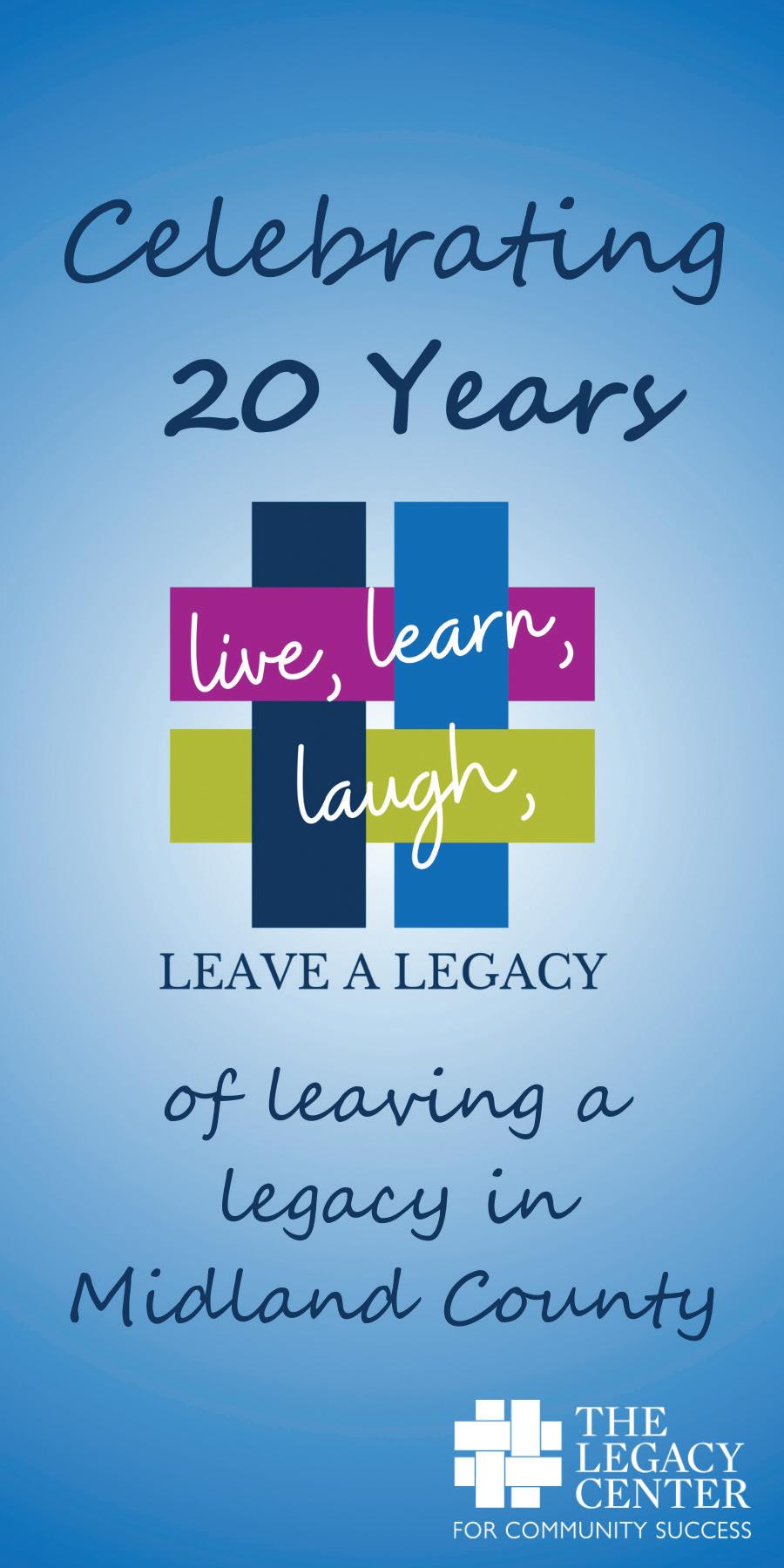
The Legacy Center is developing more resilient youth through education and prevention. Using evidence-based practices in positive youth development, one-on-one tutoring, and substance use prevention, TLC is helping youth and families thrive. We promote the 40 Developmental Assets – traits that ensure youth can excel and become productive members of society. Our trained volunteer tutors impact youth and adults in reading, math, and English as a second language. We provide education, intervention, and community resources to reduce the negative impacts of substance use disorder.
Follow The Legacy Center www.tlc4cs.org www.facebook.com/tlc4cs

KATHRYN TATE
t’s that time again…back to school, and families are working to create routines after the freedom of summer. It can be exciting and stressful at the same time.
The magazine committee has developed a slate of articles to make the transition smoother, providing suggestions on effective parenting tips by Dr. Lantz that will benefit both parent and child.
We’re excited to have a couple of new authors. One is presenting a new curriculum for dads, so he is using some of that content and lessons learned from the group of dads committed to being a better parent.
Our other article is written by a therapist on the importance of co-parenting to help kids through the struggles of a divorce. We are grateful to both for sharing their expertise.
With the increase in fentanyl overdoses, we felt it was important to address people getting drugs off the internet – or somehow other than from a pharmacist. Authorities say that illegal pills change hands an average of 10 times, which means more and more opportunities for them to be laced with drugs that could be potentially lethal. We know youth sometimes take Adderall because they believe it will help them with studying. This is especially true at the college level, but it also happens in high schools. We must educate our youth on the dangers of taking ANY drug that is not prescribed to them and received from a pharmacy.
As kids return to school, the committee felt that addressing social media and cell phone concerns is important. More research shows how detrimental social media is to their health. We also know what a distraction cell phones can be. Many schools are starting to limit access to kids during the school day.
Lastly, our team’s author shares what she learned about ADHD and how it can be awesome. This is important as it relates to Adderall.
Here’s to a safe and successful school year!
THE LEGACY CENTER FOR COMMUNITY SUCCESS
Kathryn Tate, President/CEO (989) 496-1425 ktate@tlc4cs.org 2417 Abbott Road, Midland, MI 48642
We’re creating an email distribution option. Email tlc4cs@tlc4cs.org and provide your physical address and your email address to switch to electronic delivery.
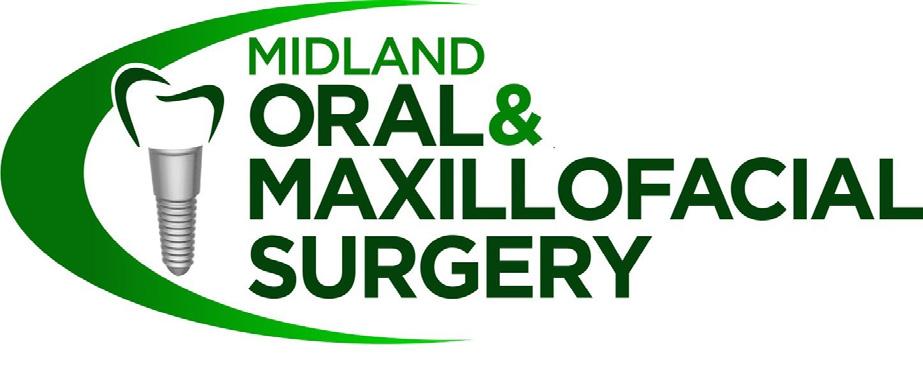
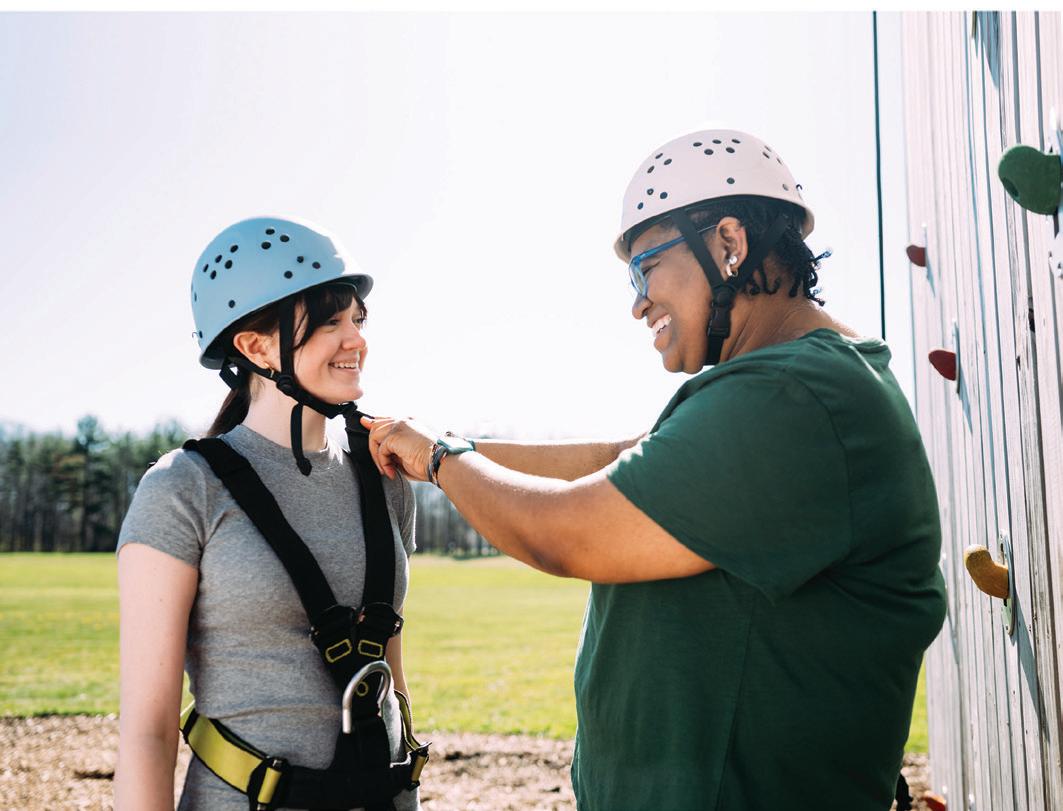
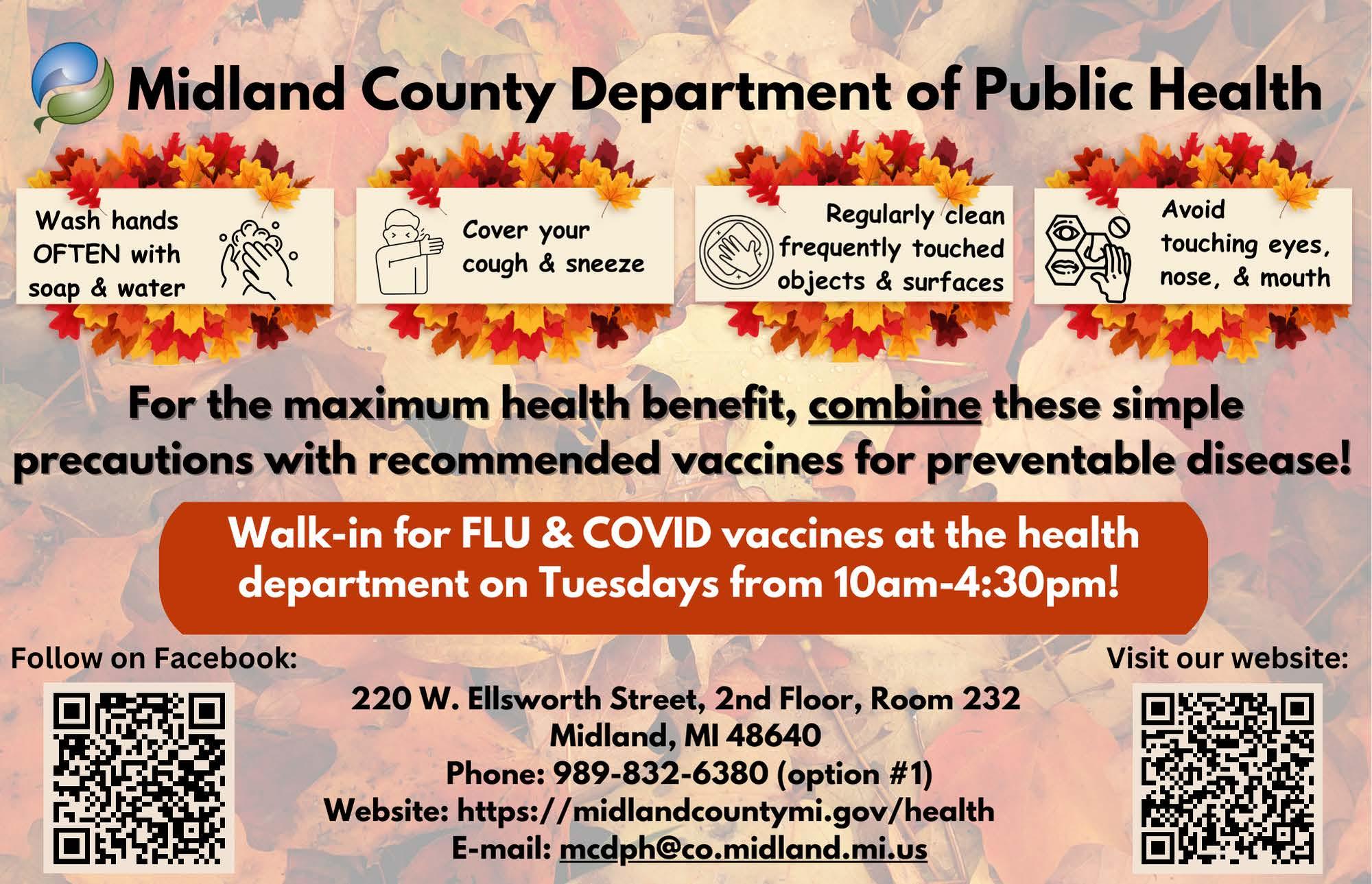





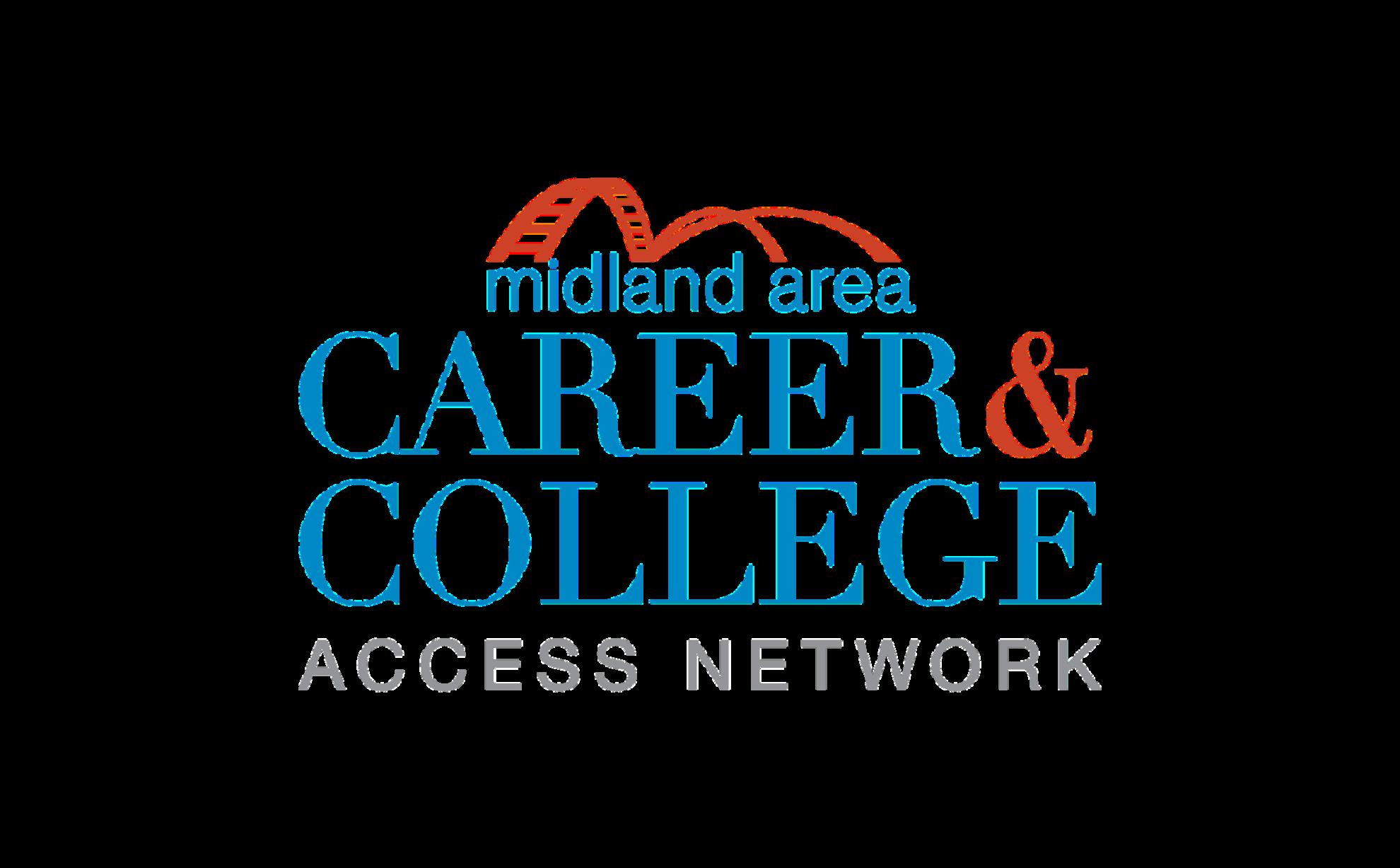


Attention Deficit and Hyperactivity Disorder, or ADHD, is a neurological difference experienced by millions of people. Because ADHD can manifest differently for everyone, it can often be challenging to diagnose, manage, or understand. ADHD is Awesome: A Guide to (Mostly)Thriving with ADHD by Kim and Penn Holderness is the new must-read for anyone with ADHD or who wants to learn more about ADHD.
Kim and Penn Holderness are a true twenty-first-century power couple. Their fast track to fame started with a 2013 viral video in which their family of four sang and danced in their matching Christmas jammies. After that overnight success, Kim and Penn made their living as successful content creators with the help of their kids, Lola and Penn Charles. Their comedic online videos have over one billion views. This is Kim and Penn’s second nonfiction book. Their first book, Everybody Fights: So Why Not Get Better at It? , is also worth the read. Their content models values such as family time, movement, and creativity. Not only do these ideals keep children and families happy and healthy, but they are also traits that improve academic success and decrease substance use and misuse.
The Holderness family has shared about ADHD in the past. Penn has been very open about his diagnosis. He candidly shares about the gifts and challenges ADHD brings to his life. He attributes his creativity and drive to his ADHD but also laments how easy it is to forget his keys or lose his ear pods. Kim also weighs in and offers insight about the frustrations of living with someone with ADHD, as well as all the things her husband and his ADHD way of thinking bring to the table (spoiler alert…it’s a lot).
The authors are quick to name the problems they see regarding ADHD. For example, they make the case that even the official name, ‘Attention Deficit and Hyperactivity Disorder’ is inaccurate and
unhelpful. In their usual way, they offer several fitting (and sometimes humorous) alternatives. Kim and Penn also provide a multitude of helpful solutions for those of us living with ADHD or in a community with ADHD folks. For me, the highlight of this book was the section devoted to supporting ADHD students in school.
Many nonfiction books on learning differences and mental health feel long, dry, and dull. Fear not! ADHD is Awesome is the exception. Kim and Penn make the subject funny, light, and entertaining, all while packing in tons of essential and valuable information. They quickly recognize that finding the time and the focus to sit down and read is a challenge in and of itself. They also readily admit that many of us never get to the end of a nonfiction book. To combat this trend, the authors pack in helpful data while using their signature sense of humor to make the book both highly informative and hugely entertaining. Together, with the support of doctors, researchers, and experts in the field, Kim and Penn strike a perfect balance of personal stories, amusing antidotes, compelling research, and expert advice. Between extras like ‘ADHD Bingo’ and ‘Ode to Cargo Pants,’ this book had me rolling on the floor.
If these elements still aren’t enough to hold your attention, then opt for the audiobook. As anyone with ADHD knows, sitting down and concentrating long enough to read more than a page or two can sometimes be a significant challenge. The authors themselves read the audiobook. Their read-a-loud adds personal flair to their comedy and offers abundant bonus content as Penn’s ADHD follows many tangents and runs its course in the recording studio. Squirrel!
In ADHD Is Awesome, Kim and Penn tackle the hard truth that the world was not made for those with ADHD. They encourage all of us to think of ADHD differently. As the title bluntly states, and as the authors reiterate throughout this book, ADHD is awesome and is something to be celebrated! ■
For many of us the kitchen table represents the typical family experience. We have laughed while having family game night. We have cried over our children’s choices. We have blown out the candles on many cakes. We have argued our way out of doing the dishes. We have struggled through those “three more bites.” We have learned hard lessons and celebrated many deserved successes. One thing is for sure though—if our kitchen tables could talk, there would be plenty of stories! So often it is in relating to others’ stories that we realize there isn’t always one answer, or even a right answer. Parenting is hard work! If you have a story of lessons learned, we invite you to share it with our readers. Sometimes, knowing we aren’t the only ones struggling to find the answer is all the help we need.

Len Lantz, M.D.

Imagine for a moment that you are really good at showing love to your child and speaking to their heart using their love languages. Is love alone enough? Can you just stop there when it comes to parenting? Some parents believe that parenting starts and stops with love. It’s common for parents to say either to themselves or others, “I love my child, and I provide for them. That’s enough.” And I think it’s great when parents provide for kids and are sensitive to speaking their child’s love languages. But it’s also important for kids to feel understood. Showing love to kids is the beginning of parenting, not the only necessary ingredient. It turns out that kids also need empathy. And a lot of it. I’m not talking about babying children. I’m talking about helping them through their most difficult times. Kids experience empathy when they are:
Being heard
Being understood
Being respected
Being valued
Being accepted
When kids receive empathy, they rebound from hard times and return to being at their best. Every parenting expert worth their salt drives home the importance of empathy in everything they say. Having studied parenting interactions in a laboratory setting, here is what the top parenting researcher, Dr. John Gottman, said in his book, Raising an Emotionally Intelligent Child:
“In my research, I discovered that love by itself wasn’t enough. Very concerned, warm, and involved parents often have attitudes toward their own and their children’s emotions that got in the way of them being able to talk to their children when they were sad or afraid or angry. But while love by itself was not enough, channeling that caring into some basic skills that parents practiced as if they were coaching their children in the area of emotion was enough. The secret lay in how parents interacted with their children when emotions ran hot.”
Empathy is not helpful at all times and in all activities. The goal of using empathy is not to weaken your child as they deal with a harsh world. Rather, empathy is there to rebalance them when they are really struggling. It helps them get back to their best selves as quickly as possible. Providing empathy doesn’t let your children off the hook for misbehavior, rudeness, or poor effort. In the same breath that the best parenting experts recommend empathy, they also recommend rules and boundaries for kids. In a way, showing empathy helps your kids get back to following rules and expectations as quickly as possible.

Help protect your loved ones by properly storing and securing your products.
How I help kids and families in my clinical practice is to get to know kids and parents well. Then, we can begin to see what strengths each person brings to the table, what skills need to be learned, and what strategies are likely to be the most effective. That’s a big reason why I like creative parenting ideas, not systems. If you know yourself and your child well, you can try new ideas that you think will work the best—it will help you to be more creative and flexible as a parent. While parenting experts can point to tools that might help, you are the expert on your child.
Parenting systems won’t work for all kids, especially those who routinely struggle. Empathy, not a rigid parenting protocol, will yield the greatest benefit when kids are upset. Raising children is not like assembling a piece of furniture you bought online. You are dealing with another conscious and emotional living being. And our kids need our help learning how to manage their emotions, so they can make sense of their experiences.
When you empathize, you are not required to do whatever your child demands. In fact, it’s best not to cave in to their demands. Empathy is not buying a screaming or demanding child a toy at the store. Empathy is helping kids, in a gentle and understanding way, to cope with their emotions, especially when they are not getting their way.
The core elements of empathy usually involve understanding and helping to say out loud what your child is feeling and what they are thinking. You are using your communication skills to help them work through their emotions. It involves reflective language and tends to be the most effective if you are a bit careful at the beginning to help get them talking. Here is an example of a parent’s attempt at empathy that backfires:
Son (crying)
Father Why are you sad?
Son (cries louder and shouts) I’m not sad!
Father Okay. Why are you crying?
Son (shouts) Leave me alone!
You can see from the example above that a father who wanted to help his son was trying to show some empathy. He might have guessed right or wrong about how his son felt, but the main difficulty is that he jumped on the emotion a little too quickly. Sometimes, guessing a child’s emotions works out fine, and then that opens up a conversation. At other times, kids escalate. Here is the same example where the father takes a slower approach with his son and gets more information before offering empathy. This time, the dad uses reflective language until he feels he is on safe ground to validate his son’s emotions.
Son (crying)
Father Hey, buddy, what happened?
Son (shouts) Nothing!
Father (reasonable tone of voice) Oh…okay…
Son (continues to cry)
Father I was just wondering…because I noticed that you might be feeling upset. That’s all.
Son (shouts) Joe’s not inviting me to his birthday party!
Father Joe’s not inviting you to his birthday party. I’m sorry. I remember you mentioning that you wanted to go.
Son He’s just mad at me because I wouldn’t share my markers with him in class today. He said, “Fine! Keep your stupid markers! You can’t come to my birthday party!”
Father So, Joe’s mad at you over the markers and then said you couldn’t come to his birthday party.
Son I hate him!
Father And now you hate him. It sounds to me like you are angry. You were looking forward to the party. That sounds frustrating and disappointing. I’m not sure, but I’m wondering if you might also feel a little sad over the whole thing.
Son Yeah…
Father (gives his son a hug) I’m sorry, buddy. I can see that this is hard. And the whole thing has left you feeling angry and sad. So, when’s the party?
Son Saturday.
Father Do you still want to go?
Son Yeah.
Father Well, I could call Joe’s parents or something and see if you guys can work it out.
Son Nah. I’ll see him tomorrow in class.
There are a few things to note in the example above. The first is that the father did a great job using the words “I noticed” rather than “why,” which can feel critical or confrontational to kids. The father also used reflective language until his son started sharing what was going on. Reflective language involves repeating back what the person just said while using a reasonable tone of voice.
The father took his time to make sure that he understood and could help his son name his emotions out loud and state the disappointment that he felt. He also wisely did not point out that his son’s behavior of not sharing led to being disinvited from the party—there was no lecturing or “I told you so.” Interestingly, the dad also took a risk. He offered to solve the problem, which is not required when offering empathy. In fact, attempting to solve problems too quickly tends to escalate kids or leave them feeling like their concerns are being dismissed. I think it’s great that after he felt validated, the son was able to figure out what he was going to do next.
When kids are upset, they often behave completely irrationally or inappropriately. Unfortunately, pointing that out to them is usually the least helpful thing you could do while they are still struggling to calm down. Showing empathy is not saying that everything your kids think, feel, or do is always appropriate. When kids are upset, their situation is valid from their perspective. Providing empathy mainly helps them to feel that their emotions are valid so that they can calm down enough to think. It’s hard to think when we’re not calm. Naming our feelings helps us to tame our emotions. Once our emotions are calm, we are much better able to think. If you struggle with empathy statements, I’ve included a little chart below that has some examples. I’ve also included statements that people sometimes make that are not helpful (please avoid using those statements with your kids or anyone else).
“I’m sorry you’ve had such a hard day.”
“I hear you.”
“It’s hard. I can see that it’s very hard.”
“That sounds/looks like it really hurt.”
“I’m here for you.”
“Thank you for sharing this with me.”
“Life’s hard, and then you die.”
“You need to get over it.”
“Everybody has problems.”
“What doesn’t kill you makes you stronger.”
“If it were easy, everybody would do it.”
“Stop crying, or I’ll give you something to cry about.”
Providing empathy to kids doesn’t come naturally to all parents, and that’s okay! We all come from different places and have had different experiences growing up. A lot of parents are used to dispensing advice. Showing empathy might take more practice to develop that skill into a reflex, especially when kids are in the middle of expressing intense emotions. If providing empathy feels too hard or foreign, I would encourage you to work with a family therapist to build your empathy skills. If you do, it will help you in all your relationships, not just your relationship with your child. ■
Please email jblewett@tlc4cs.org and tell us why this individual has stood out in your crowd.

Irene is both a talented and thoughtful student. Irene plays the string bass in the Jefferson 6th Grade Orchestra. She started as the only bassist in the Siebert 5th Grade Orchestra. Even though she was the only student learning the bass, and her instructions were always different because the bass is so different from violin, viola, and cello, Irene never missed a beat. Now she is one of three bassists in class, and she helps provide the foundation for the entire orchestra. Irene makes the ensemble better both with her talent and with her personality. She is hard-working, a great friend to her peers, and always one of the first to help a teacher or classmate in need.
Gabbi is a vibrant and kind-hearted girl who brings joy to everyone around her. She has a passion for volleyball, where her supportive and friendly nature shines both on and off the court. Gabbi’s favorite color is forest green. In addition to her athletic pursuits, she is a talented musician, playing the baritone horn in the school band. For nearly three years, Gabbi has been a cherished member of The Rock, where she enjoys spending time with friends and engaging in arts and crafts. Her warm personality and diverse interests make her a beloved part of our community.
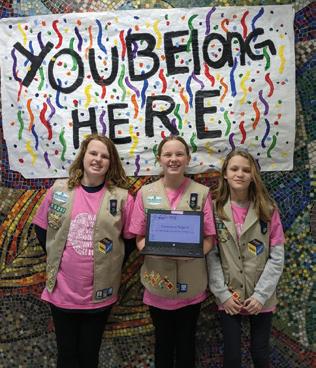

Emily, Kyra, and Maddy are Girl Scout Troop 50267 members in Midland. The trio is working on completing one of the Highest Awards in Girl Scouting, the Silver Award. To earn the Silver Award, girls must research an issue they care about, create a plan, and take action to improve their community. For their project, the girls have worked to present and collaborate with school principals to design and install positive messages in various locations throughout Jefferson and Northeast Middle Schools. The girls are hard at work finding ways to encourage students to spread kindness in their community! Congratulations to the three for nurturing kindness and impacting change in their community!
Aidan is very driven and puts his all into everything he does. He is kind and helps foster an environment of inclusion. He is involved with the College Opportunity Program and his high school band. Recently he joined the Midland Concert Band, becoming their youngest member. As a drummer and a person, he is constantly working to improve himself!


The Midland Community Orchestra is an all-volunteer group of 70 members led by Gina Provenzano, artistic director/conductor. It promotes and encourages interest in music by presenting free concerts to the public and educates and encourages local musical talent. In 2023, the MCO began sponsoring a Youth Orchestra. This program provides 6-to-8-grade youth the opportunity to participate in a symphony orchestra free of charge. Students perform three free concerts in each orchestra season, side-by-side with the Midland Community Orchestra or in stand-alone performances. The Youth Orchestra provides an additional musical experience to grow student musical skills, foster positive interactions with peers and adult role models, and promote a life-long enjoyment of the musical arts.





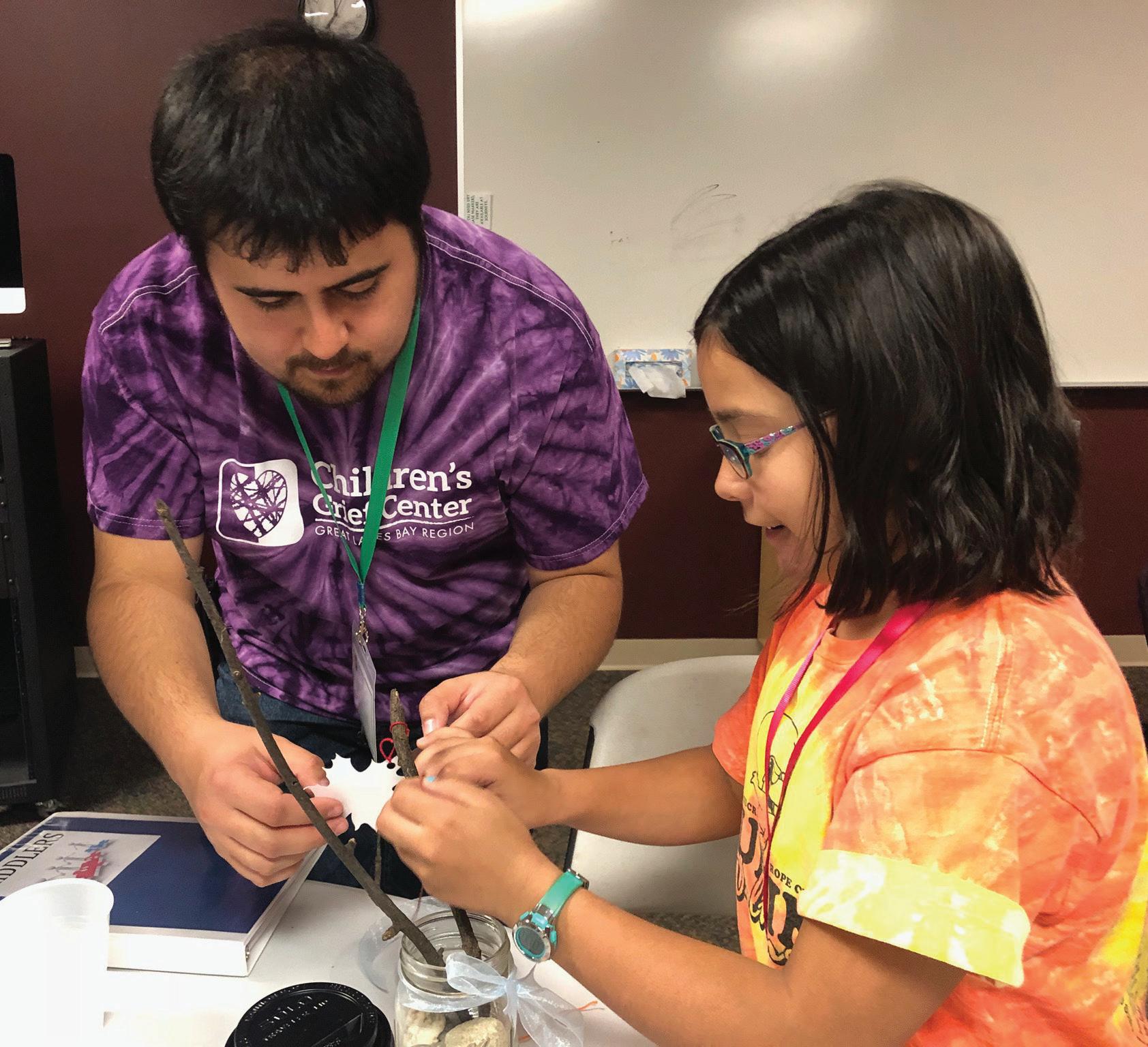

40 Developmental Assets are essential qualities of life that help young people thrive, do well in school, and avoid risky behavior.
Youth Connections utilizes the 40 Developmental Assets Framework to guide the work we do in promoting positive youth development. The 40 Assets model was developed by the Minneapolis-based Search Institute based on extensive research. Just as we are coached to diversify our financial assets so that all our eggs are not in one basket, the strength that the 40 Assets model can build in our youth comes through diversity. In a nutshell, the more of the 40 Assets youth possess, the more likely they are to exhibit positive behaviors and attitudes (such as good health and school success) and the less likely they are to exhibit risky behaviors (such as drug use and promiscuity). It’s that simple: if we want to empower and protect our children, building the 40 Assets in our youth is a great way to start.
Look over the list of Assets on the following page and think about what Assets may be lacking in our community and what Assets you can help build in our young people. Do what you can do with the knowledge that even through helping build one asset in one child, you are increasing the chances that child will grow up safe and successful. Through our combined efforts, we will continue to be a place where Great Kids Make Great Communities.
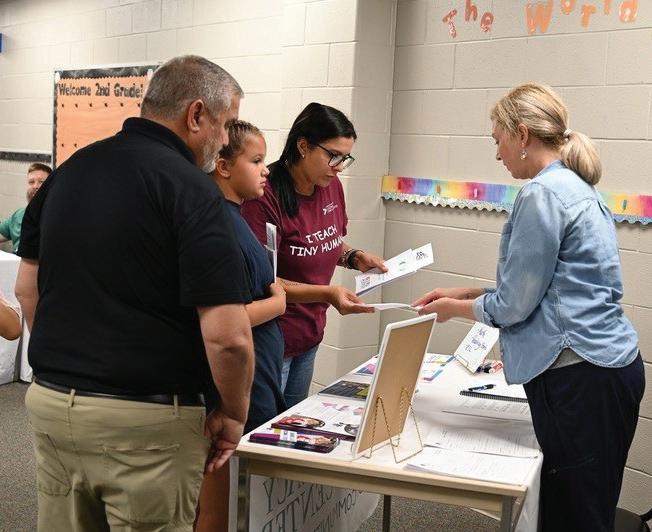



1. Family support: Family life provides high levels of love and support.
2. Positive family communication: Young person and her or his parent(s) communicate positively, and young person is willing to seek advice and counsel from parent(s).
3. Other adult relationships: Young person receives support from three or more nonparent adults.
4. Caring neighborhood: Young person experiences caring neighbors.
5. Caring school climate: School provides a caring, encouraging environment.
6. Parent involvement in school: Parent(s) are actively involved in helping young person succeed in school.
7. Community values youth: Young person perceives that adults in the community value youth.
8. Youth as resources: Young people are given useful roles in the community.
9. Service to others: Young person serves in the community one hour or more per week.
10. Safety: Young person feels safe at home, at school, and in the neighborhood.
11. Family boundaries: Family has clear rules and consequences and monitors the young person’s whereabouts.
12. School boundaries: School provides clear rules and consequences.
13. Neighborhood boundaries: Neighbors take responsibility for monitoring young people’s behavior.
14. Adult role models: Parent(s) and other adults model positive, responsible behavior.
15. Positive peer influence: Young person’s best friends model responsible behavior.
16. High expectations: Both parent(s) and teachers encourage the young person to do well.
17. Creative activities: Young person spends three or more hours per week in lessons or practice in music, theater, or other arts.
18. Youth programs: Young person spends three or more hours per week in sports, clubs, or organizations at school and/or in the community.
19. Religious community: Young person spends one or more hours per week in activities in a religious institution.
20. Time at home: Young person is out with friends “with nothing special to do” two or fewer nights per week.
If you or your child would like to submit a picture that represents one of the 40 Developmental Assets, please email jblewett@tlc4cs.org with a picture and the number of the asset the picture represents.
21. Achievement motivation: Young person is motivated to do well in school.
22. School engagement: Young person is actively engaged in learning.
23. Homework: Young person reports doing at least one hour of homework every school day.
24. Bonding to school: Young person cares about her or his school.
25. Reading for pleasure: Young person reads for pleasure three or more hours per week.
26. Caring: Young person places high value on helping other people.
27. Equality and social justice: Young person places high value on promoting equality and reducing hunger and poverty.
28. Integrity: Young person acts on convictions and stands up for her or his beliefs.
29. Honesty: Young person “tells the truth even when it is not easy.”
30. Responsibility: Young person accepts and takes personal responsibility.
31. Restraint: Young person believes it is important not to be sexually active or to use alcohol or other drugs.
32. Planning and decision making: Young person knows how to plan ahead and make choices.
33. Interpersonal competence: Young person has empathy, sensitivity, and friendship skills.
34. Cultural competence: Young person has knowledge of and comfort with people of different cultural/racial/ethnic backgrounds.
35. Resistance skills: Young person can resist negative peer pressure and dangerous situations.
36. Peaceful conflict resolution: Young person seeks to resolve conflict nonviolently.
37. Personal power: Young person feels he or she has control over “things that happen to me.”
38. Self-esteem: Young person reports having a high self-esteem.
39. Sense of purpose: Young person reports that “my life has a purpose.”
40. Positive view of personal future: Young person is optimistic about her or his personal future.

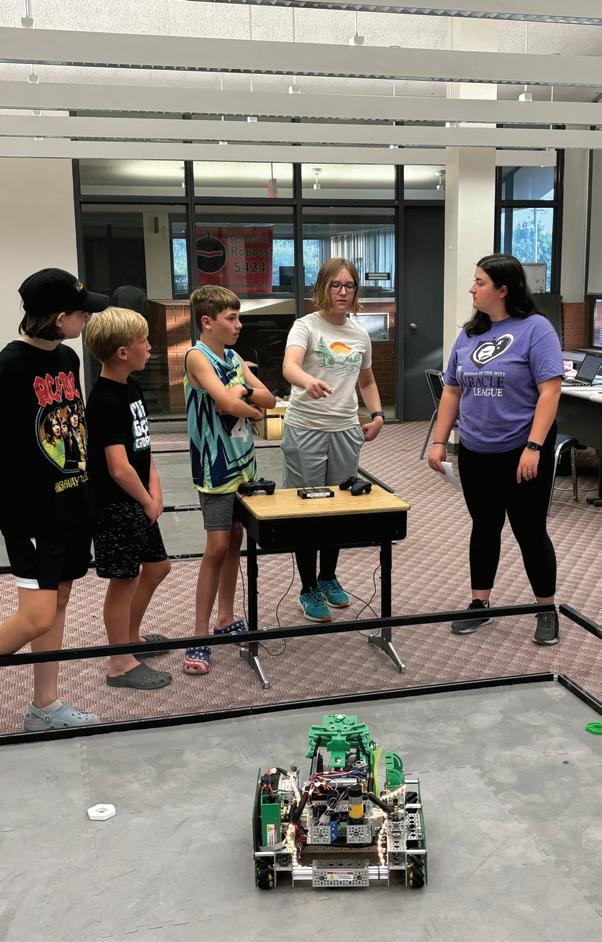



https://screenstrong.org/ https://www.waituntil8th.org/
https://kidslox.com/how-to/detox-your-child-from-electronics/ https://digitalmediatreatment.com/guide-turn-off-devices-go-outside/
By AMBER IRVIN, CPS
In the modern digital landscape, social media has become an integral part of youth culture, shaping how young people interact, communicate, and perceive themselves and others. While social media offers numerous benefits, including connectivity and information sharing, it also poses significant dangers that can impact the well-being and development of adolescents. Understanding these risks is crucial for parents, educators, and policymakers in safeguarding the younger generation.
One of the most alarming dangers associated with social media is cyberbullying. Unlike traditional forms of bullying, cyberbullying occurs online through various platforms such as Facebook, Instagram, Snapchat, and messaging apps. It involves sending hurtful messages, sharing embarrassing photos or videos, spreading rumors, and intentionally excluding others from online groups. The anonymity and ease of spreading content on social media can escalate cyberbullying incidents quickly and make it challenging for victims to escape the harassment. Cyberbullying can have devastating effects on youth mental health, leading to anxiety, depression, low self-esteem, and in severe cases, suicidal thoughts or actions. The constant exposure to negative interactions and the feeling of being unable to escape the harassment can severely impact a young person’s emotional wellbeing and academic performance.
Beyond cyberbullying, the overall impact of social media on mental health is a growing concern. Studies have shown a correlation between excessive social media use and increased rates of anxiety and depression among adolescents. The curated nature of social media profiles, where individuals often present idealized versions of their lives, can contribute to feelings of inadequacy and poor self-image. Constant comparison with others’ seemingly perfect lives can create unrealistic expectations and amplify insecurities.
Moreover, the constant engagement with screens and the pressure to maintain a certain online image can disrupt sleep patterns, reduce physical activity, and hinder face-to-face social interactions—all of which are crucial for healthy development during adolescence. Studies have linked excessive use of media by preschoolers to a higher risk of obesity, shorter amounts of sleep, and cognitive, language and emotional delays. The American Academy of Pediatrics recommends no screens during meals and to shut them off at least one hour before bedtime.
Another significant danger of social media is the risk of privacy breaches and exposure to online predators. Young people often share personal information, photos, and locations without fully understanding the consequences. This information can be exploited by malicious individuals seeking to harm or exploit vulnerable youth. Online predators may disguise themselves as peers or individuals with shared interests to gain the trust of young users, leading to dangerous offline encounters or exploitation.
Parents and guardians play a critical role in educating their children about online privacy, the importance of setting boundaries, and recognizing signs of predatory behavior. Monitoring online activities and maintaining open communication can help mitigate these risks and ensure a safer online experience for youth.
The addictive nature of social media is another concern that impacts youth productivity and well-being. The constant notifications, likes, and comments trigger dopamine responses in the brain, reinforcing the behavior of checking social media frequently. This addiction can lead to decreased attention spans, reduced academic performance, and difficulties in maintaining healthy offline relationships. Moreover, the pervasive nature of social media can create a constant distraction for students, interfering with their ability to focus on homework, study effectively, or engage in meaningful face-to-face interactions. Finding a balance between online and offline activities is essential for
promoting overall well-being and academic success among young people.
Addressing the dangers of social media requires a collaborative effort from parents, educators, policymakers, and social media platforms themselves. Implementing effective strategies and initiatives can help mitigate the risks and promote responsible digital citizenship:
1. Education and Awareness: Provide comprehensive education about online safety, cyberbullying prevention, and the impact of social media on mental health in school curricula and community programs.
2. Parental Involvement: Actively monitor children’s online activities, establish clear guidelines for social media use, and maintain open communication about potential risks and concerns.
3. Digital Literacy: Teach young people critical thinking skills to evaluate online content critically, recognize misinformation, and make informed decisions about sharing personal information.
4. Support and Counseling: Offer resources and support services within schools and communities for students experiencing cyberbullying, mental health issues, or addiction related to social media use. Reach out to school counselors for local resources.
5. Regulation and Policies: Advocate for policies and regulations that prioritize online safety, protect user privacy, and hold social media platforms accountable for addressing harmful content and practices.
While social media offers unprecedented opportunities for connection, creativity, and learning, its dangers cannot be ignored. By raising awareness, promoting digital literacy, fostering open communication, and implementing protective measures, parents can empower youth to navigate the digital landscape safely and responsibly. Ensuring that young people have the knowledge, support, and tools to use social media in a positive and constructive manner is essential for their well-being and future success in an increasingly interconnected world ■
By JEN BURCKHARD, Director of Community Programs, Florence Crittenton Family Services
Experiencing separation or divorce can feel like being on an emotional rollercoaster. The initial shock of realizing that one’s envisioned future is no longer possible can be overwhelming. Disappointment sets in as the unexpected new reality is confronted, filled with a whirlwind of feelings—loss, confusion, and sometimes relief. Co-parenting with someone when there’s likely to be unresolved issues adds another layer of complexity to the situation. It’s daunting, as old wounds can linger and resurface. Healing and starting anew involves rediscovering oneself, finding resilience in vulnerability, and laying the groundwork for a hopeful future, both for the parents and the children.
Co-parenting classes can be a valuable support for families navigating divorce, offering benefits for both parents and children. This collaborative approach emphasizes mutual respect, effective communication, and shared responsibility, promoting a stable and supportive environment amidst family changes. Enrolling in parenting classes, such as a ‘Positive Co-Parenting’ course provides parents with essential skills to manage these challenges effectively.
When co-parenting, it can be challenging to ensure feelings don’t cloud perceptions of what’s best for the child(ren). It’s crucial to avoid certain behaviors that can negatively impact them. Separating feelings about the other parent from actions can be difficult, but maintaining a positive and supportive environment for the children is essential. Here are behaviors to avoid:
Putting children in the middle of disagreements: This creates unnecessary stress and anxiety, making them feel responsible for conflicts that are not their fault.
Forcing children to be the mediator and communicator between parents: This places an unfair burden on children, making them feel caught between loyalties and increasing their emotional stress.
Talking negatively about the other parent: This can damage the child’s relationship with the other parent and create confusion and insecurity.
Withholding time and experiences with the other parent: This deprives the child of valuable time and experiences, fostering feelings of resentment and loss.
Positive co-parenting prioritizes children’s well-being and fosters cooperation between parents. Co-parenting classes are structured programs designed to educate parents on effective strategies for navigating the complexities that occur post-separation or divorce. These classes provide a structured framework for learning essential skills such as communication, stress management, conflict resolution, and creating stability for children during transitions. Many organizations offer tailored courses that enhance parents’ ability to mitigate the negative impact of separation on their children, and can even help identify if additional supports are needed for either parents or children.
Central to positive co-parenting is effective communication. Parenting classes emphasize techniques such as active listening, using “I” statements to express feelings without blame, and maintaining open lines of communication about important decisions regarding their children’s upbringing. When parents communicate openly and respectfully, they can collaborate more effectively on parenting decisions and maintain consistency for their children.
Separation or divorce often triggers heightened emotions and stress for both parents and children. These unique courses provide strategies for managing emotions constructively, such as mindfulness and selfcare practices. Understanding boundaries between parents can also help mitigate stress levels. When parents effectively manage their emotions, they create a stable and reassuring environment for their children, promoting emotional resilience and security.
Conflict is inevitable in any relationship, particularly when coparenting after divorce. Parenting classes teach practical conflict resolution techniques tailored to each family’s unique situation. These techniques include identifying triggers, practicing empathy and compromise, and utilizing mediation or professional support when necessary. When parents resolve conflicts peacefully, they model positive behavior for their children and minimize the negative impact of parental discord on their well-being.
Positive parenting aims to provide children with a stable and supportive environment despite family changes. Consistency in parenting styles, maintaining routines, and prioritizing the child’s best interests in decision-making are critical components of stability. When children experience predictability and emotional security from both parents, they are better equipped to adapt to transitions and thrive academically, socially, and emotionally.
The benefits of positive parenting practices are significant for children experiencing parental separation or divorce:
Emotional Well-being: Children feel more secure and less anxious when they witness their parents communicating respectfully and working together.
Academic Success: Stable home environments fostered by positive parenting contribute to improved academic performance and higher educational aspirations.
Healthy Relationships: Children learn valuable interpersonal skills and conflict resolution strategies from observing their parents’ cooperative behavior.
Enhanced Self-Esteem: Feeling supported and loved by both parents boosts children’s self-confidence and overall well-being.
In conclusion, positive co-parenting plays a crucial role in shaping children’s lives during and after separation or divorce. Parenting classes offer essential tools, strategies, and supports to help parents navigate this journey effectively, promoting effective communication, stress management, conflict resolution, and stability for their children. By prioritizing their children’s well-being and maintaining a cooperative relationship, parents can minimize the negative effects of divorce and support their children’s healthy development. Through commitment, mutual respect, and ongoing education, parents can create an environment where their children can thrive despite the challenges of family change. ■

“Body image” is one of those elusive terms that we as humans do not necessarily know how to define, but almost always categorize as “negative”. Our children are no exception. The search and journey toward the “thin ideal” is often a lifelong quest, and one that will most likely go unanswered because the answer does not reveal itself solely on changing our bodies. The answer will come with acceptance, respect, and liberation of our bodies and is never contingent upon a size or number.
From an early age, children are exposed to societal messages rooted in diet culture regarding food, body, and size. In order to best protect them, we must embody what we want them to internalize. The way we view ourselves and our bodies (internally and externally) will be the most powerful and impactful message we can impart on them. This involves leaning into our own discomfort about our bodies and the messages we have received about bodies, owning and acknowledging our own internalized weight stigma/ fatphobia, as well as keen awareness of our own struggles with food, weight, and the lens we see others in the world, as well as ourselves, due to it.
Many of us have had traumatic experiences with diet culture that have most likely led us to engage with it; there is so much to unlearn. The best chance our children have is to protect them from ever having to move through the unlearning process to begin with. Here’s how:
1. Reject Diet Culture: challenge diet myths, communicate how diet culture promotes unrealistic and unhealthy standards
2. Celebrate Body Diversity: all bodies are good bodies: emphasize that bodies come in different shapes and sizes and all hold value
3. Food Neutrality: view and speak of food through a neutral lens: there are no “good” or “bad” foods, all foods fit
4. Focus on Function: celebrate and honor what bodies can DO versus what they look like
5. Build Self-Worth: highlight unique talents, skills, and traits: praise beyond appearance
6. Media Literacy: discuss how images in media are often edited and unrealistic: encourage children to question and analyze images and messages
7. Role-Model: lastly, and most importantly: embody the change By addressing body image in a thoughtful and supportive way, we can help our children develop a positive relationship with food and body, shielding them from the negative impacts of diet culture and societal pressures.

33
The percentage of dog owners who say they have talked to their pets on the phone
200,000
The number of glasses of milk a cow produces in her lifetime


200
The number of muscles you use to take a step
277,000
The dollars the government spent on pickle research in 1993

100

2
The weeks it takes a sloth to digest its food
The number of years an alligator can live

1-1 Tutoring Grades 2-8 Build skills and confidence Visit tlc4cs.org/ learn
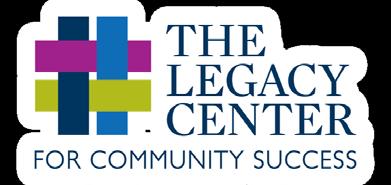

Schedule
appointment with

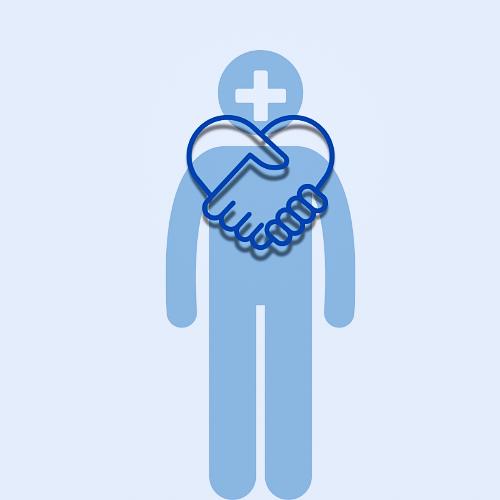
Find and get connected to available community resources.
Overcome barriers to obtaining the services you need.
Understand your insurance coverage prior to scheduling services.


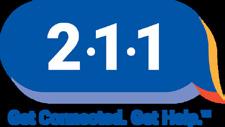
Limited


By DAVID PIPINICH, Parent Educator
In the tapestry of family dynamics, the role of fathers has often been portrayed in varying and diverse lights, from the strict disciplinarian to the loving guide. Today, more fathers want to engage with their children and are more willing to participate in their development and daily lives. In my role as a parent educator and home visitor, I have personally witnessed a growing number of fathers who have expressed a genuine desire to play a concrete role in raising and fostering their children. The power of positive fathers extends far beyond traditional stereotypes, shaping the emotional, cognitive, and social development of their children, while garnering stronger family bonds and resilient communities.
While this article highlights the importance of fathers, it is essential to note that every family looks different, and there may not always be a father present, or father may not live in the home full time. Building connections with healthy role models such as grandfathers, uncles, friends, mentors, and coaches is essential to providing the necessary attachments needed for children to grow and thrive. These individuals can significantly influence youth, providing guidance, support, stability, and even healthy brain development. Positive role models help children develop a strong sense of self, build confidence, and learn important life skills. They offer diverse perspectives and experiences, enriching a child’s development and helping them navigate challenges. Establishing these relationships ensures children have access to the love, encouragement, and wisdom vital for their growth and well-being. Fathers can play a crucial role in the emotional and psychological well-being of their children. Engaged and supportive male figures provide a sense of security and stability, and kids are more likely
to exhibit higher self-esteem, better emotional regulation, and a stronger sense of self-worth. This is because fathers who actively participate in their children’s lives demonstrate love, encouragement, and validation, which are critical for building a child’s confidence and resilience. Also, a father figure’s positive presence can mitigate stress and anxiety effects in children. Fathers who create a nurturing and supportive environment help their children develop effective coping mechanisms and problem-solving skills. This emotional support is particularly important during adolescence, a period marked by significant physical, emotional, and social changes. Adolescents with positive father figures are less likely to engage in risky behaviors and more likely to pursue academic and personal goals with determination and confidence.
The influence of loving dads extends to the cognitive and academic realms as well, whose children are more likely to enjoy learning, exhibit better problem-solving skills, and achieve higher grades. Fathers who engage in educational activities, such as reading together, helping with homework, and encouraging curiosity, foster a love of learning and intellectual growth. Fathers often model the importance of education and perseverance. By demonstrating a commitment to their own personal and professional growth, fathers set an example for their children to follow. This modeling of dedication and hard work can inspire children to strive for excellence and develop a lifelong love of learning. Can positive parenting play a role in the social development of their children? Yes! Fathers who exhibit empathy, kindness, and effective communication skills provide a blueprint for healthy relationships. Children learn how to interact with others, resolve conflicts, and build meaningful connections by observing
their dads. Fathers who actively engage in their children’s lives foster a sense of belonging and social competence, and these children are more likely to develop strong peer relationships, exhibit prosocial behavior, and demonstrate empathy towards others. Positive fathering helps children understand the importance of cooperation, respect, and compassion, which are essential for building strong and harmonious communities. The benefits of positive fatherhood extend beyond individual children and families, creating a ripple effect that strengthens entire communities. Fathers who are actively involved in their children’s lives often engage more deeply in their communities, participating in local events, schools, and community organizations. This involvement fosters a sense of community cohesion and collective responsibility. Moreover, positive fatherhood can promote generational well-being. Children who grow up with supportive and loving fathers are more likely to become positive parents themselves, perpetuating a legacy of healthy relationships and strong family values.
Since the start of our local Fathers Group just this year, my co-facilitator and I have seen the profound impact of fathers coming together. Creating a supportive environment for fathers is essential and can provide a platform to share experiences, gain insights, and support one another. These groups offer a place for fathers to discuss the challenges and rewards of parenting, exchange practical advice, and build a network of camaraderie and encouragement. Additionally, by fostering a sense of community and shared purpose, these groups empower fathers to be more effective and engaged parents. The collective strength of a community fathers’ group can advocate for policies and initiatives that support family well-being and promote positive fatherhood. ■
TDV is intimate partner violence that occurs in adolescent relationships and can include physical or sexual violence, psychological aggression, or stalking
This abuse can take place face-to-face or electronically, such as through texts, video calls, social media, etc
Excessive jealousy or insecurity
Explosive temper or unwarranted bouts of anger
Controlling or monitoring where you go, who you ’ re with, or who you talk to
Bullying, name-calling, or intentional humiliation
Consistently accusing you or blaming you for things
Vandalizing your property or threatening/causing physical violence
Pressuring for unwanted sexual activity or favors (inperson or electronically)


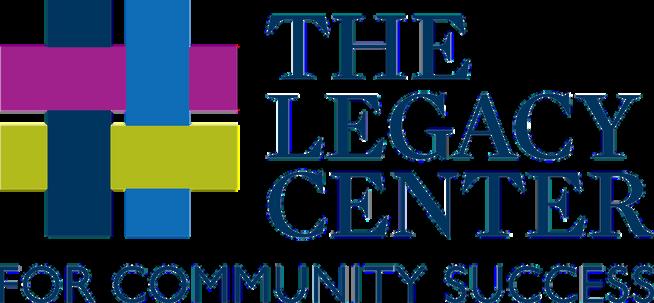
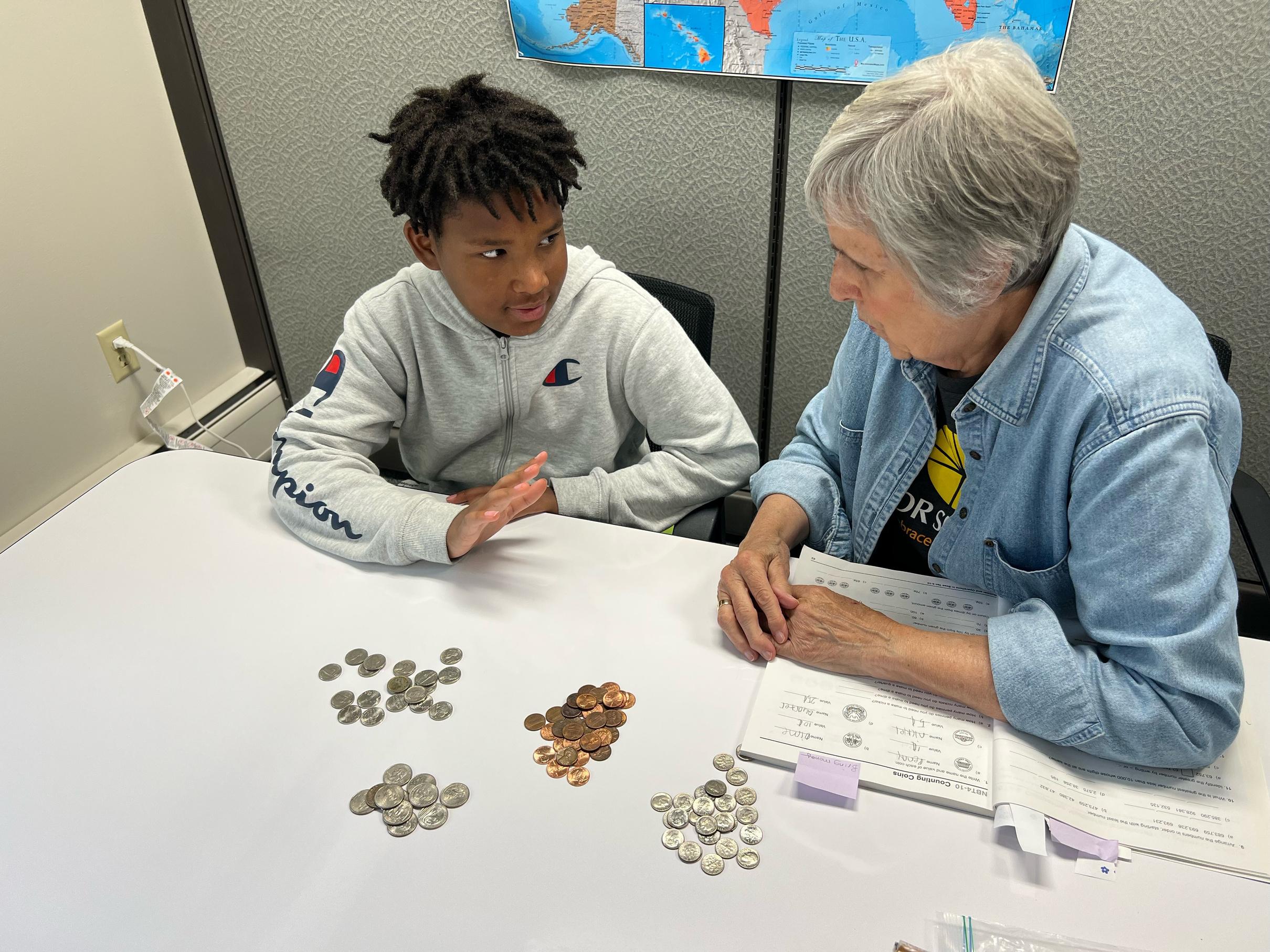
By STAFF

The pressure to excel can drive some students to seek shortcuts. One such shortcut is the misuse of prescription medications like Adderall. Adderall, a stimulant medication primarily prescribed for ADHD (Attention Deficit Hyperactivity Disorder) and narcolepsy, contains amphetamine and dextroamphetamine. While it can be highly effective when used as prescribed under medical supervision, its misuse poses significant dangers, especially among students.
One of the most concerning aspects of Adderall misuse are its potential health risks. When taken without a prescription or in doses higher than prescribed, Adderall can lead to a range of physical and psychological issues. Physically, it can cause increased heart rate, elevated blood pressure, and, in severe cases, cardiac complications. Psychologically, misuse can result in anxiety, agitation, insomnia, and even psychosis. Long-term misuse may also increase the risk of addiction, as the drug affects dopamine levels in the brain, reinforcing its pleasurable effects.
More concerning is the potential of the illegally-obtained drugs containing fentanyl. ANY drug purchased on the internet may have changed hands an average of 10 times, increasing the chance that there may be lethal doses of fentanyl in the pills.
Many students misuse Adderall, believing it will enhance their academic performance by improving focus and concentration.
While stimulants like Adderall can temporarily boost alertness and productivity in individuals with ADHD, their effects on cognitive performance in healthy individuals are less clear. Misuse can create a psychological dependence where students feel they cannot perform academically without the drug, potentially leading to a cycle of misuse and dependence.
Obtaining and using Adderall without a prescription is illegal. Without a valid prescription, possession or distribution of prescription medications can lead to serious legal consequences, including fines and criminal charges. Students caught misusing Adderall may also face disciplinary actions from educational institutions, affecting their academic and professional futures. Educational and prevention efforts are crucial to reduce Adderall misuse among students. Academic institutions, healthcare providers, and parents should work together to raise awareness about the risks associated with Adderall misuse. Encouraging healthy study habits, stress management techniques, and seeking academic support services can provide effective alternatives to medication misuse. Adderall has legitimate medical uses, but its misuse among students poses significant risks to health, academic integrity, and legal standing. By promoting responsible medication use and fostering a supportive educational environment, we can help students achieve success without resorting to dangerous shortcuts. ■




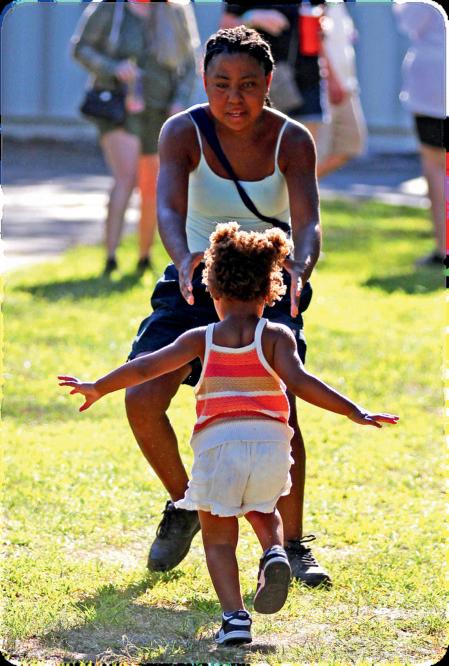

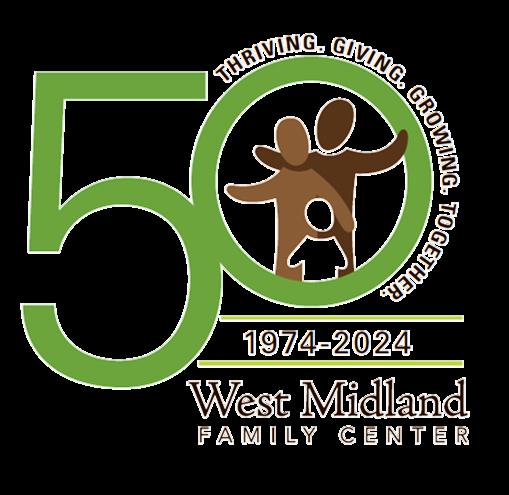




“Sticks and stones may break my bones, but words can never hurt me ” We were raised on this phrase, but it couldn’t be farther from the truth. What you say affects kids, no matter their age. You can positively influence how kids’ perceive themselves and their abilities Help kids thrive by changing your language
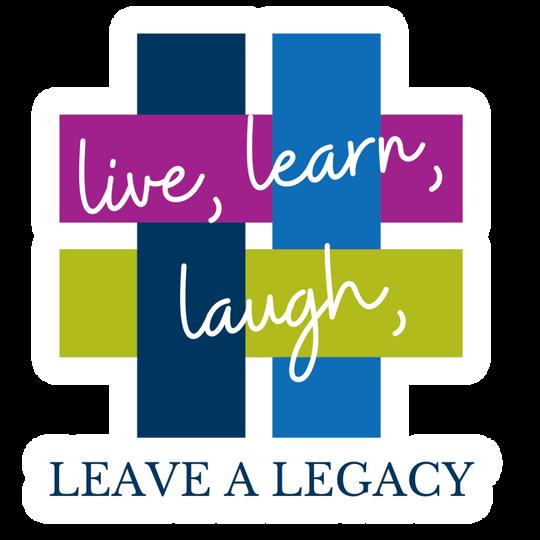


No matter what stage of life you’re in, the health of your muscles, bones and joints impacts your ability to get around and enjoy life. So where do you go when you’re experiencing pain and discomfort? You don’t need to go far, because you have a go-to musculoskeletal team ready to serve you at
Midland Your go-to team has one goal in mind, to help you reach your highest level of function or performance. This experienced team offers advanced minimallyinvasive and robotic surgery treatment options and includes experts in general orthopedics, as well as surgical and non-surgical sports medicine. So whether your pain originates from your knee, hip, hand, elbow, shoulder, ankle or foot, we can help.
For help in scheduling an appointment with a non-surgical musculoskeletal specialist or orthopedic surgeon call (833) 923-3444